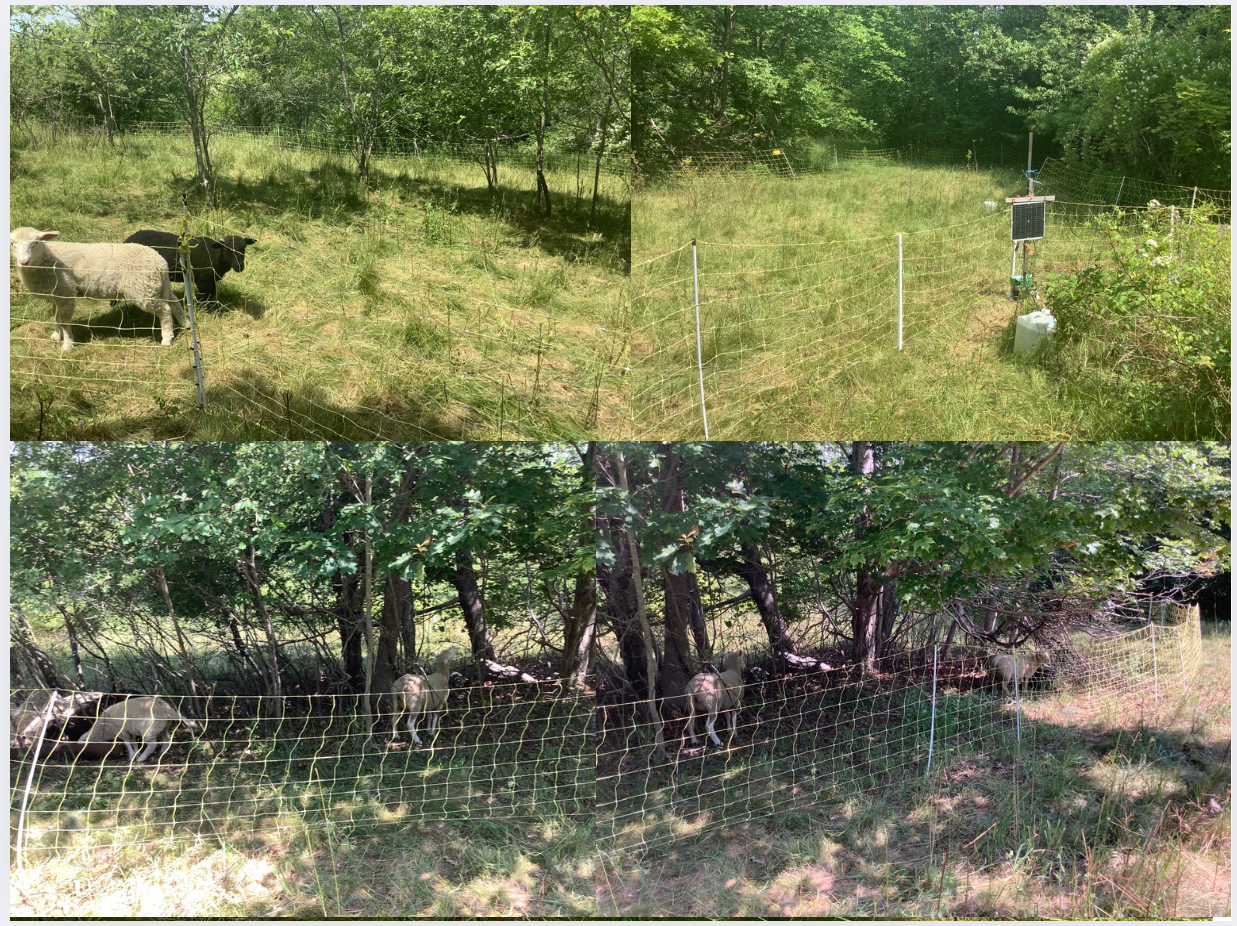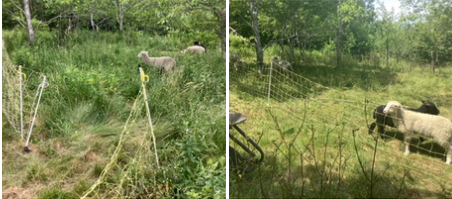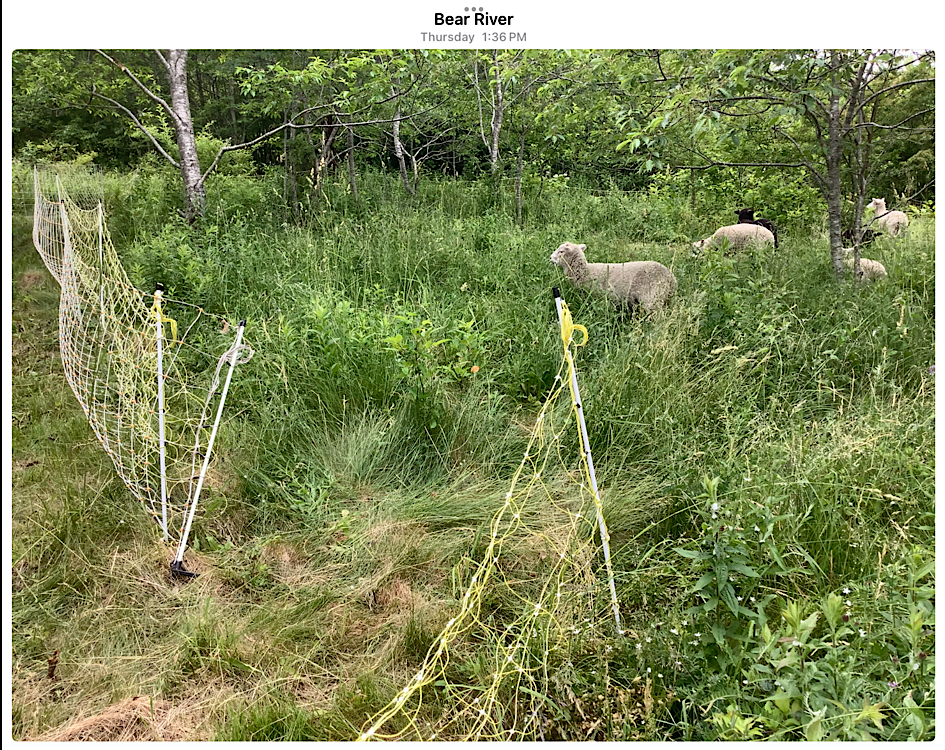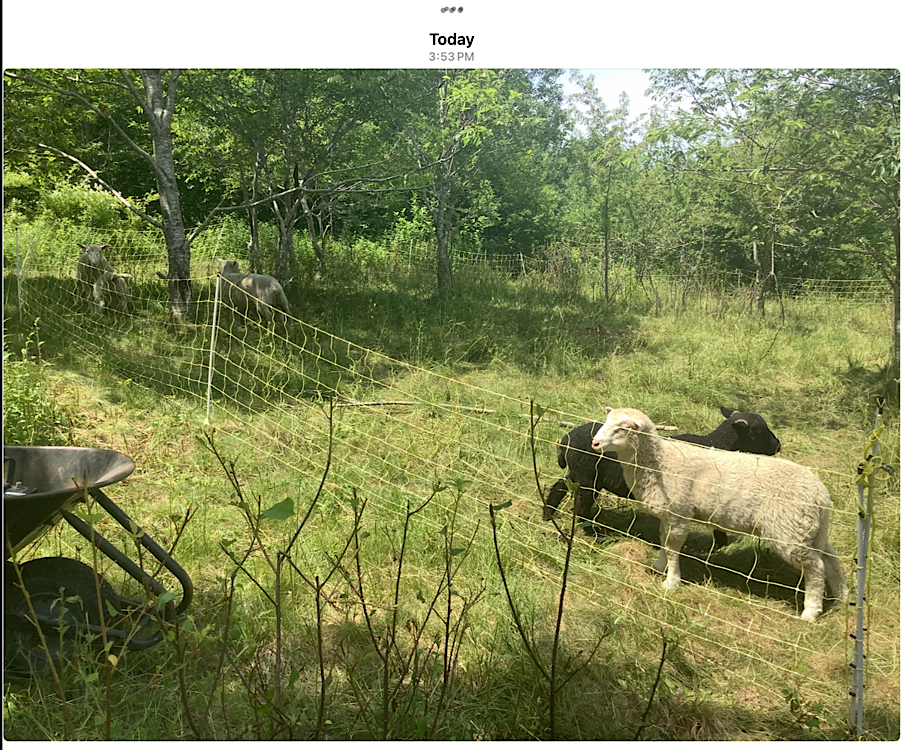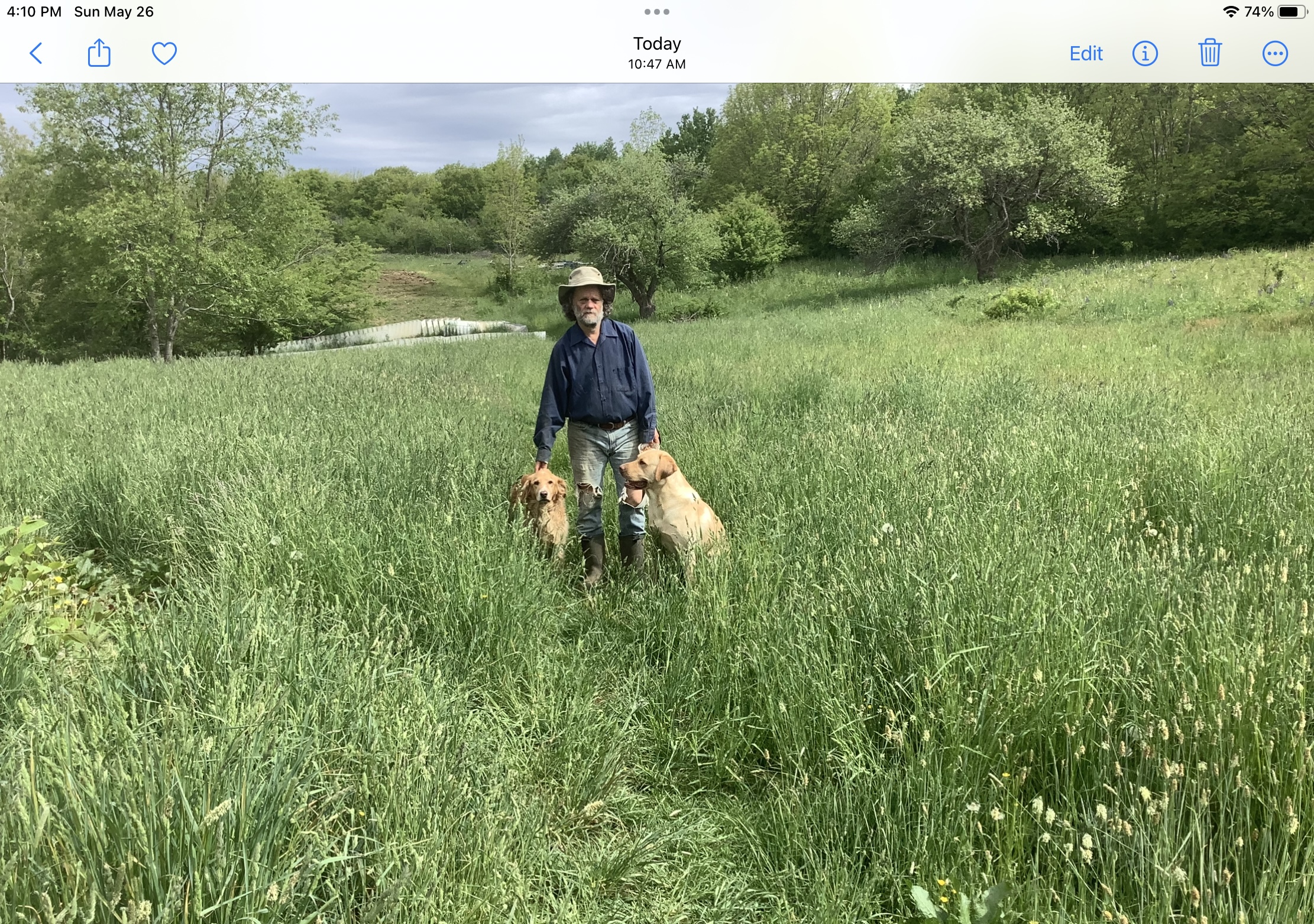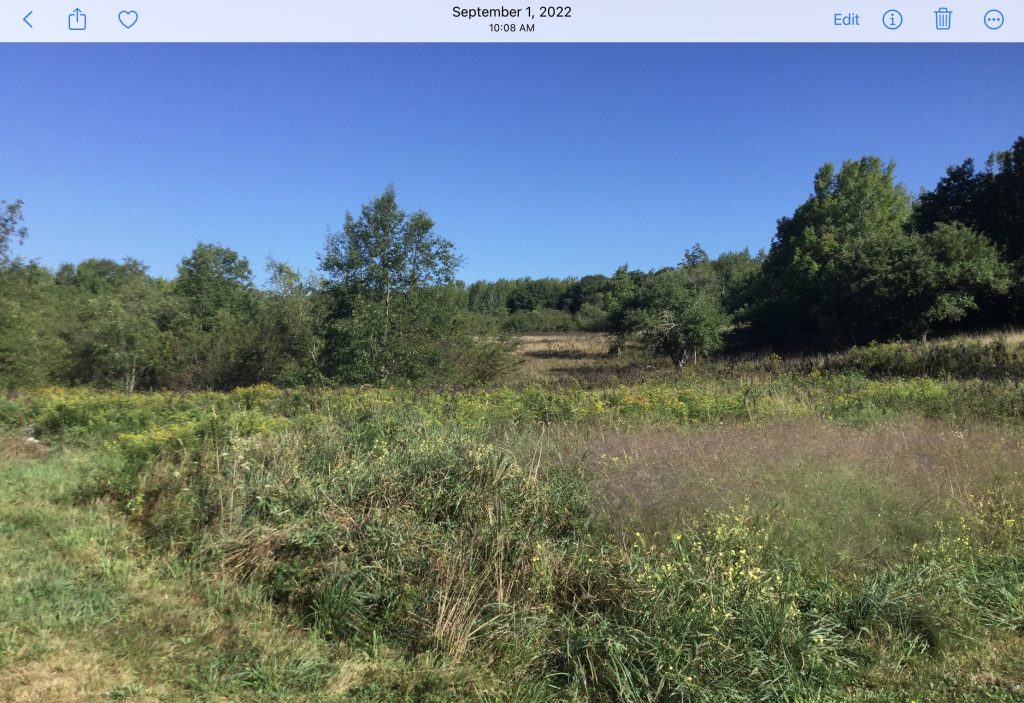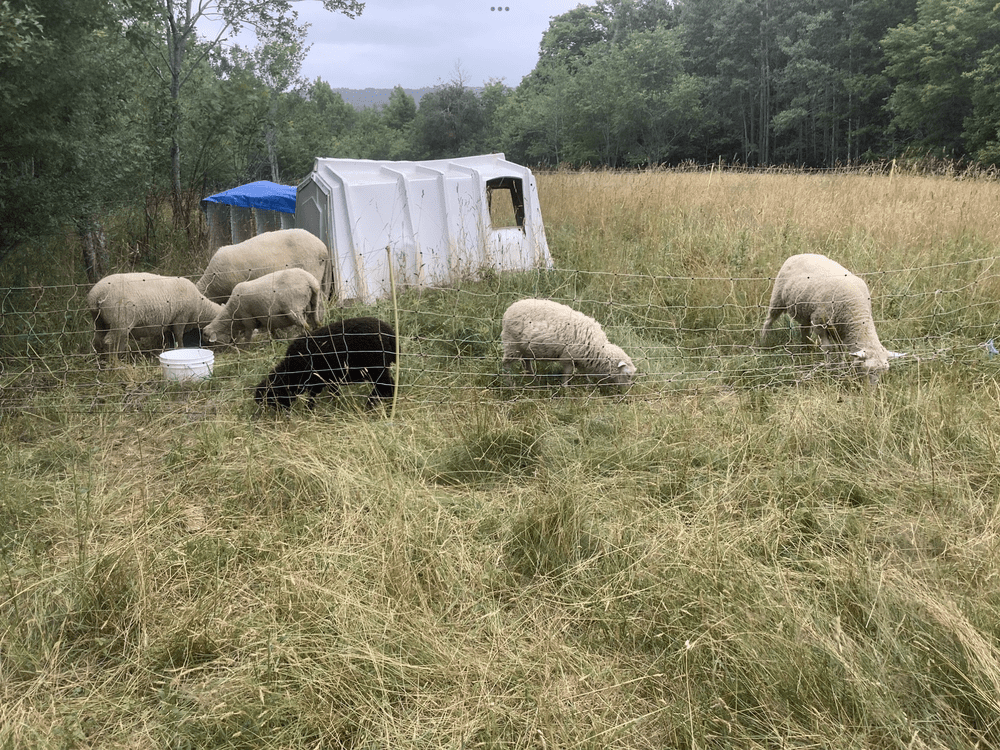
Raising sheep without chemicals and antibiotics isn’t easy, but in our experience, it’s well worth the effort. For the past two years, we’ve successfully managed our flock using rotational grazing, a method that helps control parasites naturally while keeping our sheep healthy. The key to making this work? Staying ahead of the parasite cycle.
The Power of Rotational Grazing
Sheep parasites become infective on Day 5, which means that timing is everything. To prevent infestations, we move our sheep to fresh pasture every four days—before the parasites become a problem. This is more frequent than what’s needed for pigs (every two weeks) or goats (who can stay in the same area for up to 30 days), but it’s necessary to keep our sheep parasite-free.
In an ideal setup, we run a small flock of 5–10 sheep within portable electric netting. Each section of fencing is either 164 feet or 328 feet long, with two fences creating a square of 82’ x 82’ (6,724 square feet). Since a full-size sheep needs about 300 square feet per day, we divide our total pasture area by four days to determine how many sheep we can sustain. For our setup, that comes out to around six sheep per pasture. We adjust as needed based on grazing pressure and pasture regrowth, ensuring the grass stays at least 3–4 inches tall—where parasites are less likely to survive.
Right-Sizing the Pasture for Healthy Grazing
It’s tempting to give sheep unlimited space, but more isn’t always better. If we enclosed a massive pasture (say, 328’ x 492’), each sheep would have over 4,000 square feet per day! That might sound great, but in reality, it’s inefficient.
Sheep, like kids in a candy store, would eat the best forage first, trample a lot of the rest, and only return to less-preferred plants when forced to. Instead, by limiting them to 300 square feet per day, we ensure they graze more evenly, reducing waste and promoting better pasture management.
The 24-Pasture Grid: Maximizing Land Use
We organize our land into a 24-pasture grid, moving sheep every four days. This means we don’t return to the same spot for at least 96 days, effectively breaking the parasite cycle. Since parasites need a host to survive, removing sheep from a pasture for 90+ days ensures that most parasites die off. This system has multiple benefits:
• Reduces fencing costs by 80%
• Encourages better grazing habits
• Prevents overgrazing and pasture degradation
• Breaks the parasite cycle before it starts
It’s not just theory—our sheep shearer, who sees plenty of flocks, has told us that our sheep are in excellent condition. We credit much of that to this rotational system.
Seasonal Adjustments and Multi-Species Grazing
In winter, we house our sheep in a barn, but during the grazing season, we integrate them into a rotation with our goats and pigs. Each species plays a role in managing the land, though they never graze the same pasture simultaneously. Rotating different animals further disrupts parasite life cycles and improves soil health.
Final Thoughts
Raising sheep without antibiotics takes planning and patience, but for us, it’s been an incredibly effective approach. If you’re considering this method, always consult with your veterinarian or livestock expert to tailor it to your specific conditions. What works for us might not be a perfect fit for everyone, but after two years of success, we’re confident that rotational grazing is one of the best ways to keep sheep healthy—naturally.
Stay tuned for more insights on how we integrate goats and pigs into our pasture management system!
Recommended Reading from the Brian Hurlburt Bookshop:
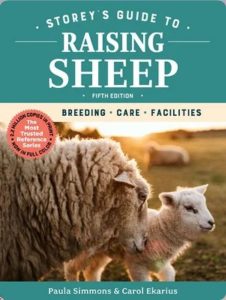
SHOP NOW
